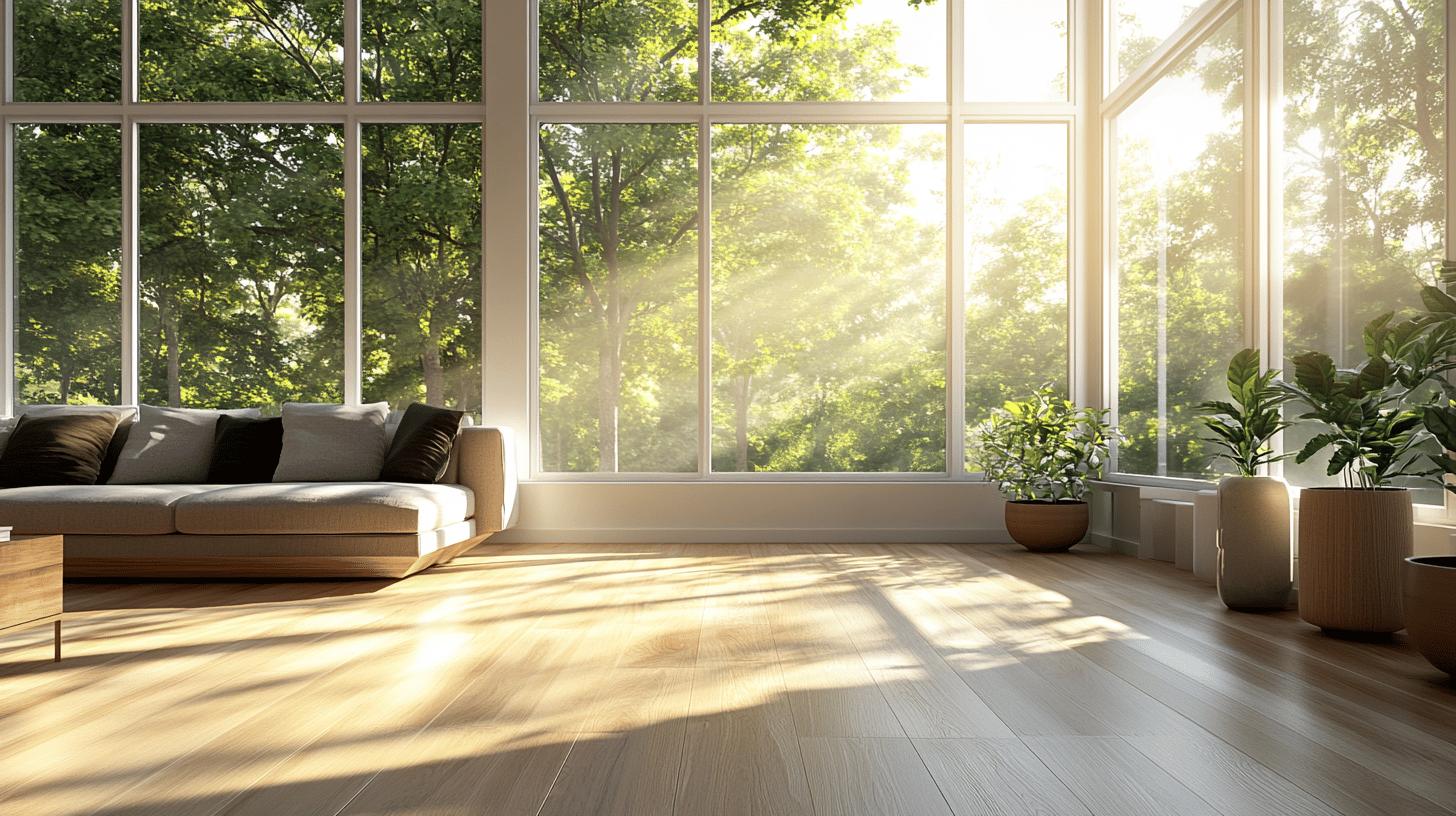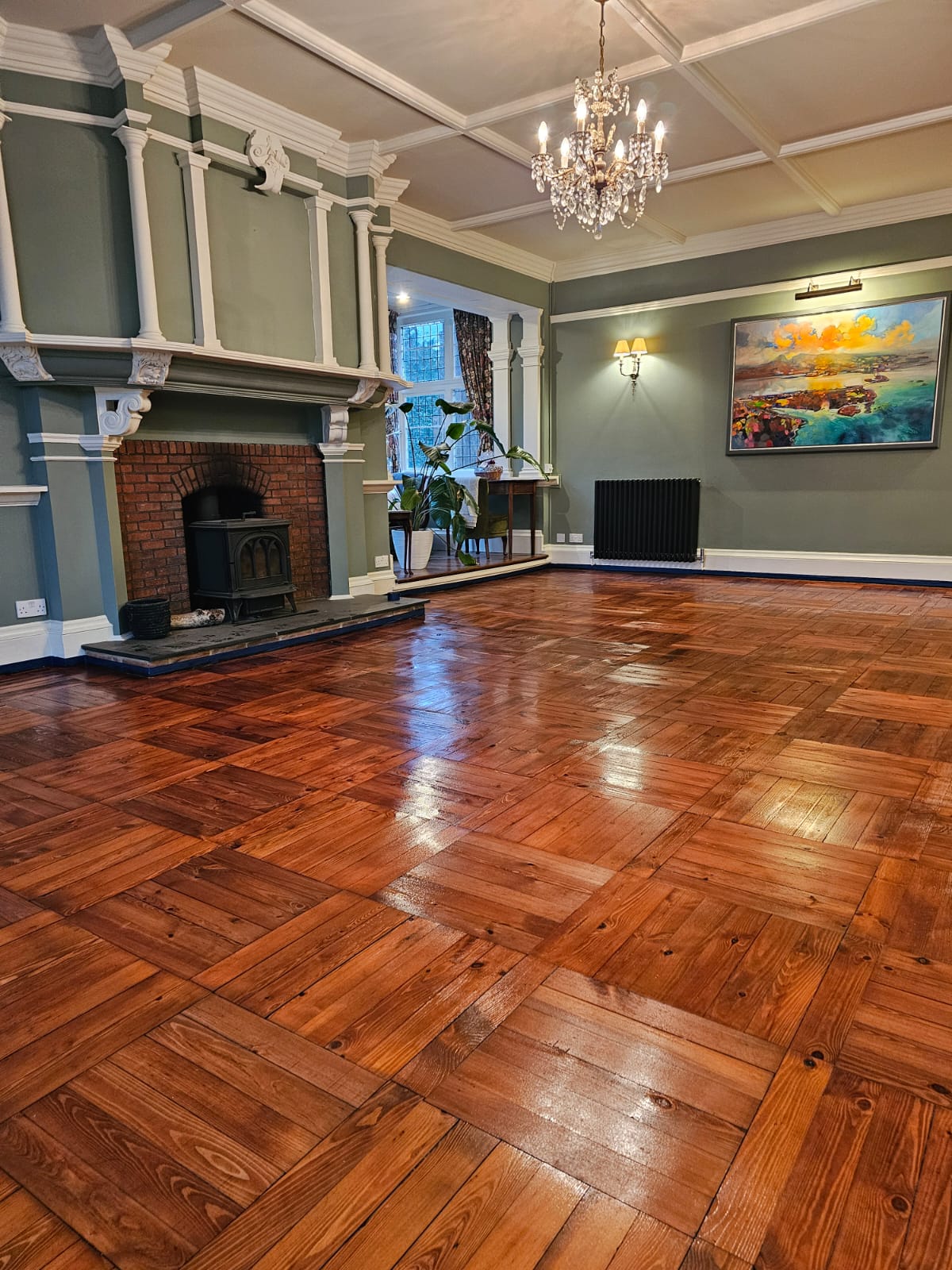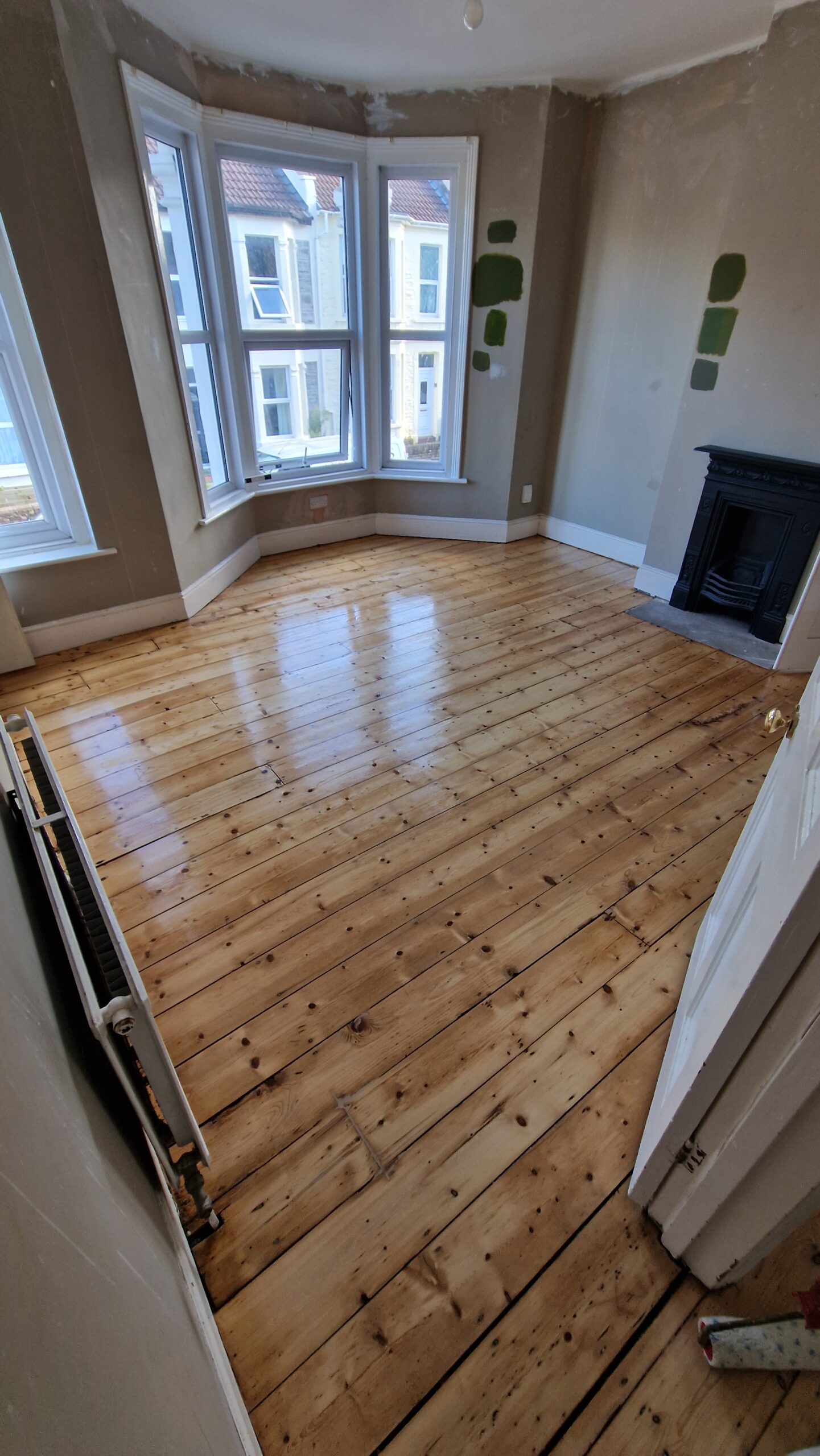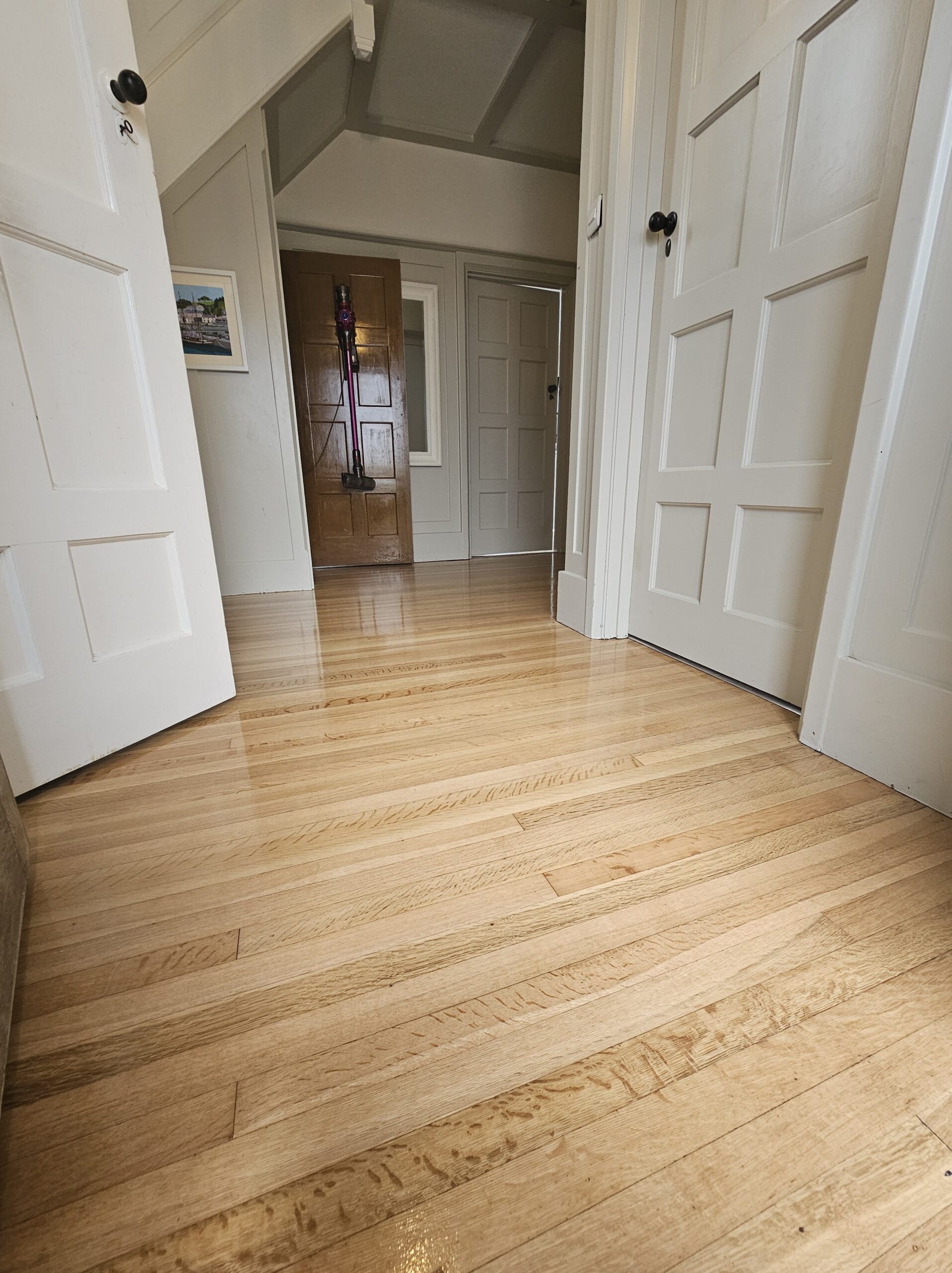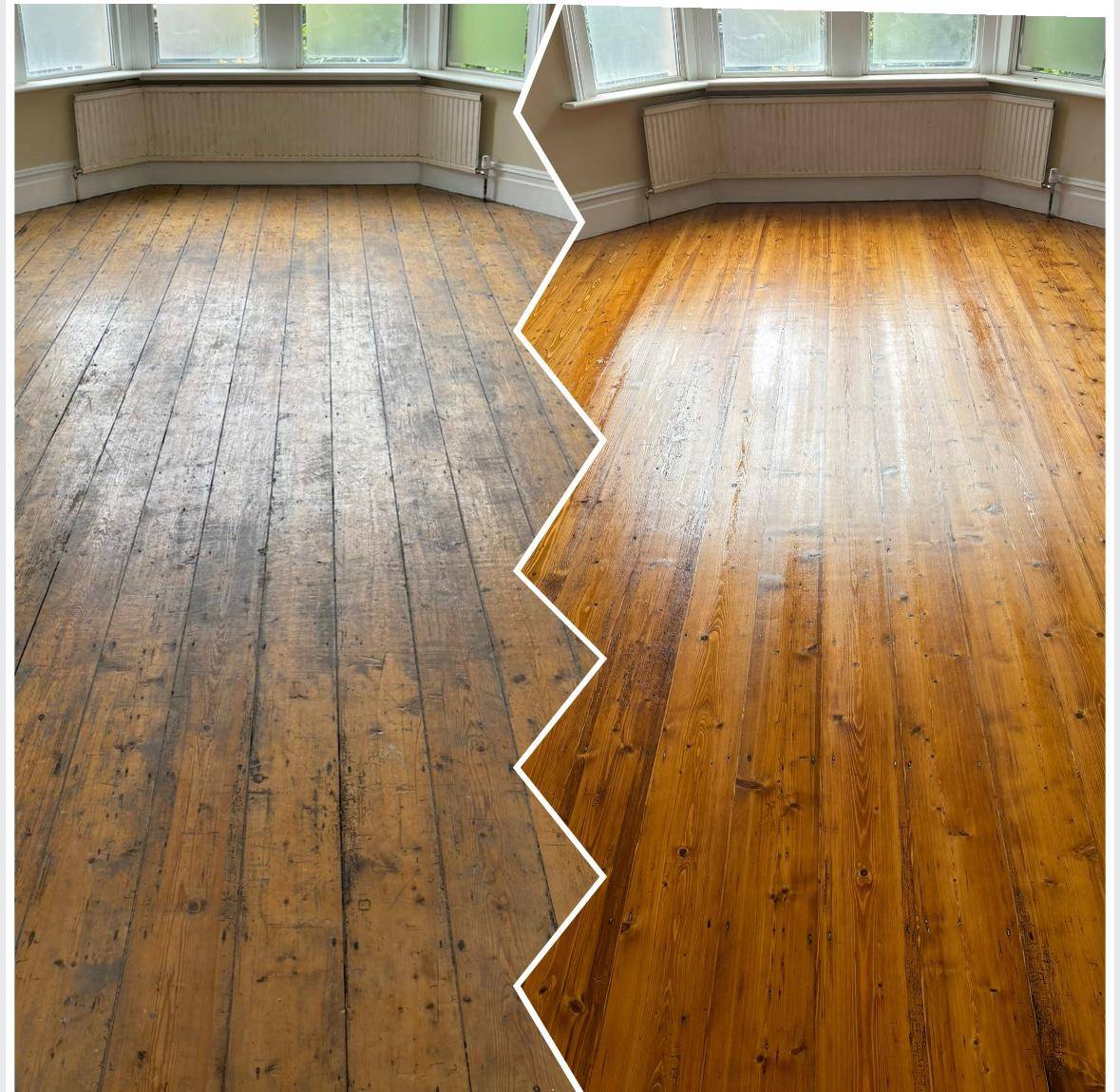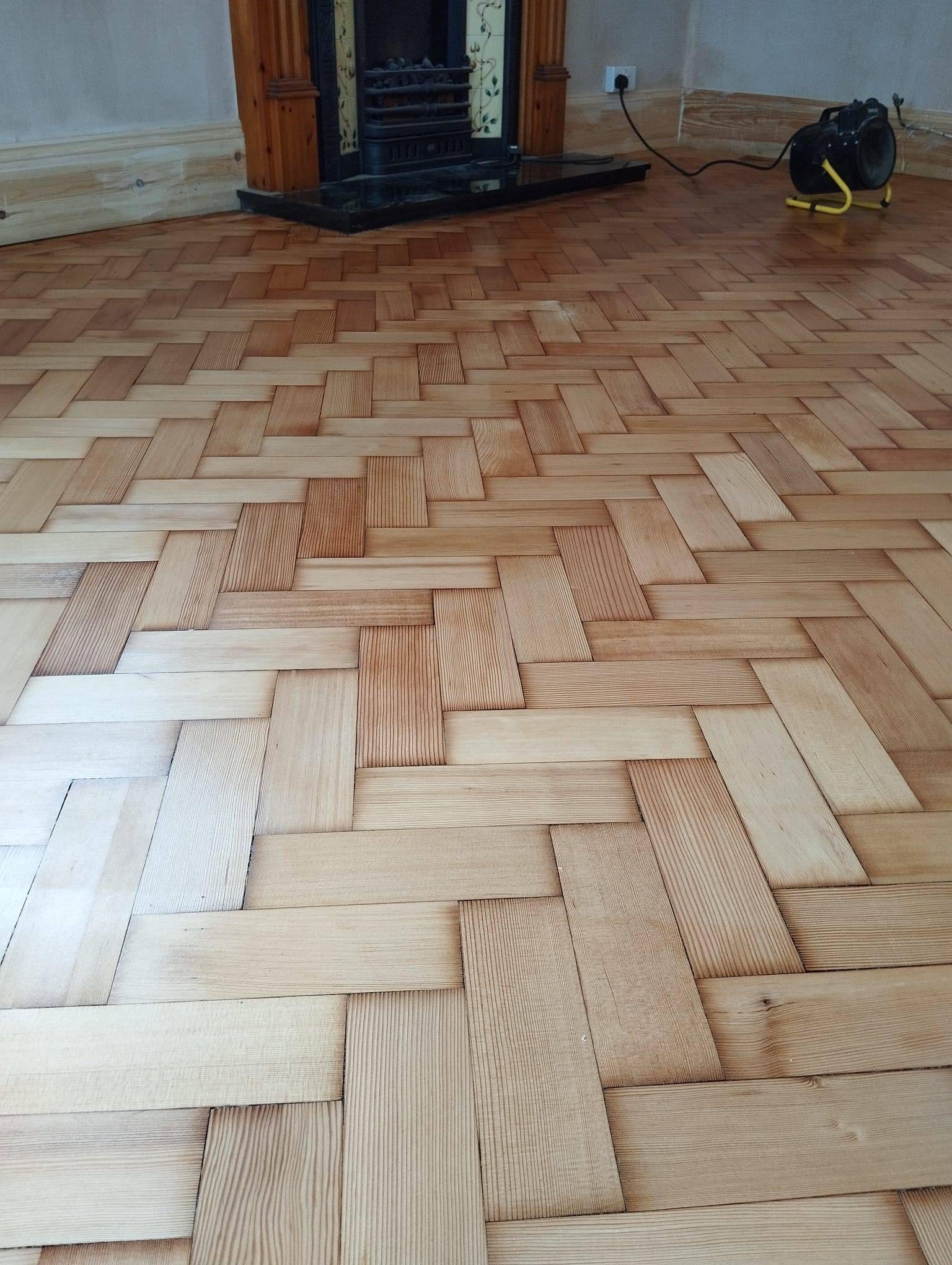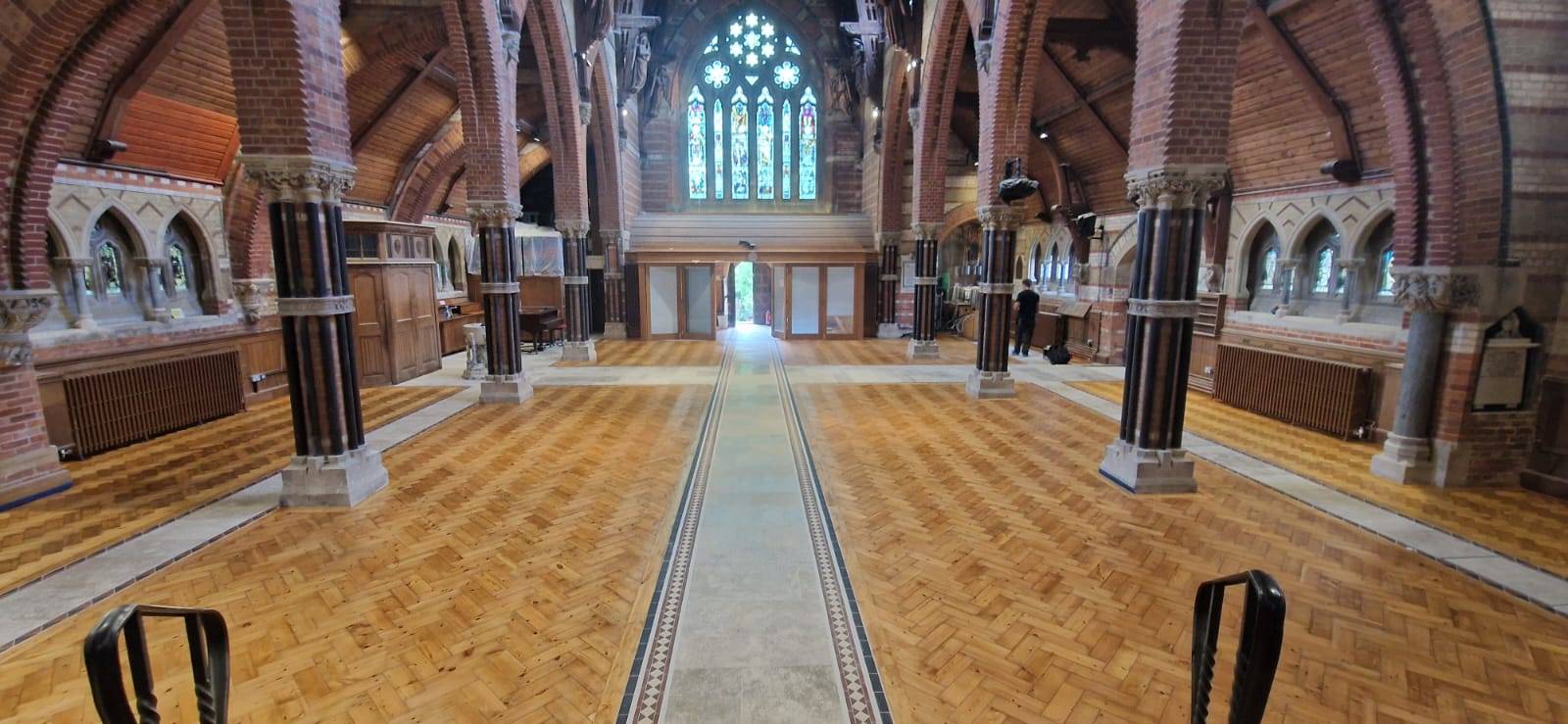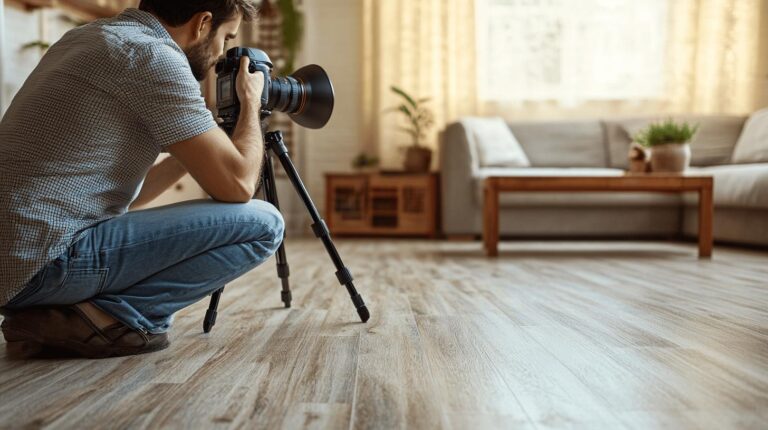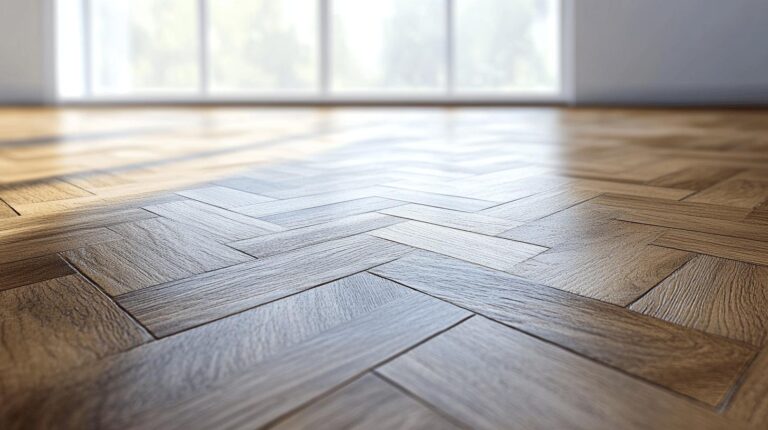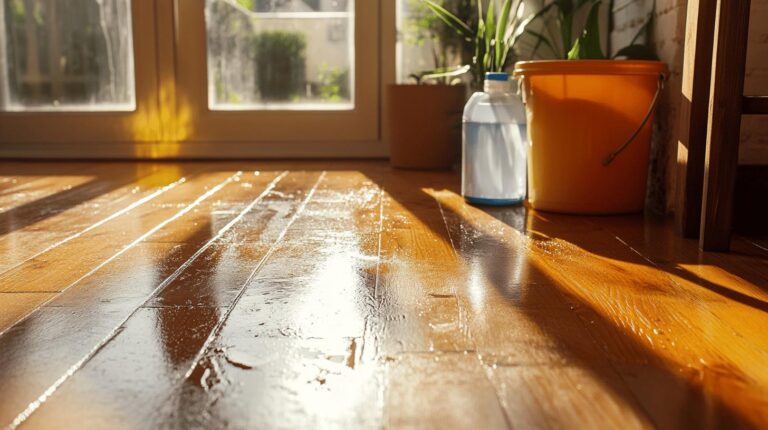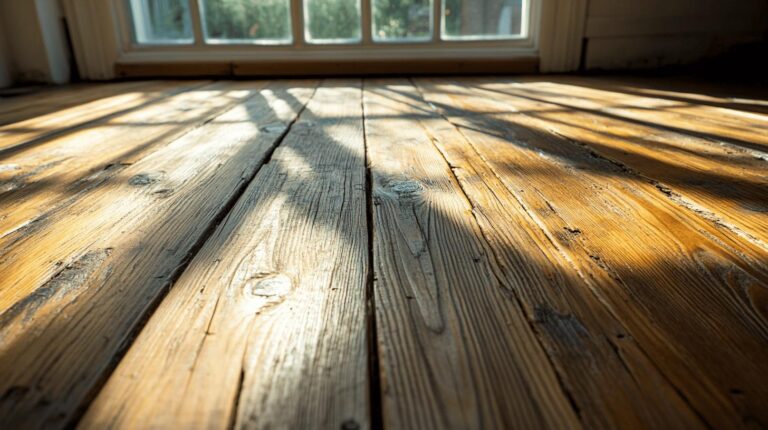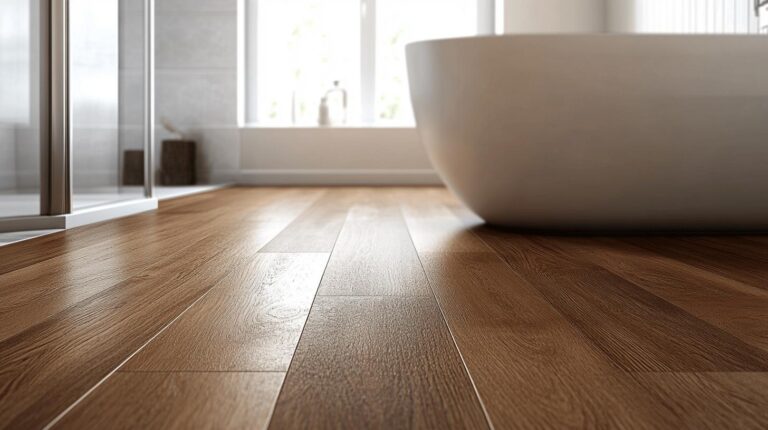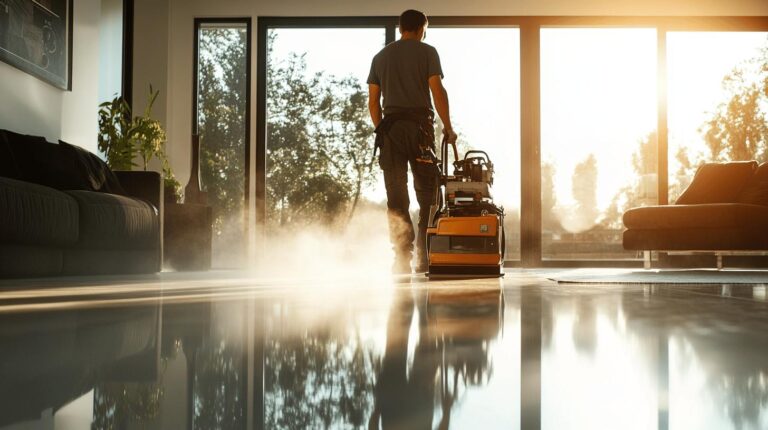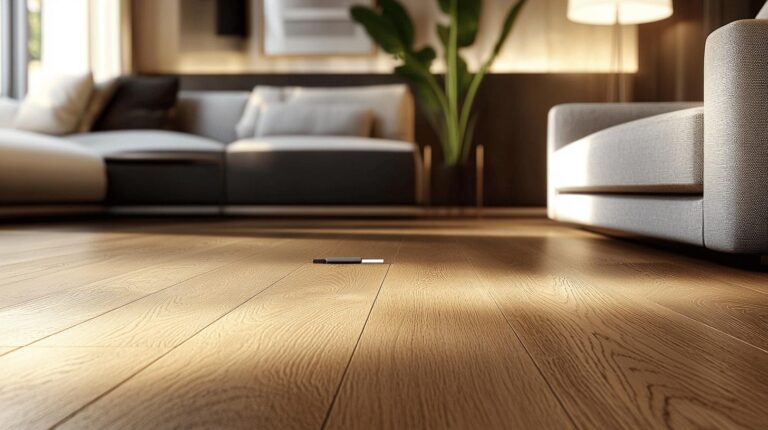Imagine if your home could not only be a haven but also significantly contribute to your family’s health. With anti-allergy wood floor treatments, this vision becomes reality as these solutions are designed to reduce allergens and improve indoor air quality. Join [Company Name] in discovering how wood flooring can transform your living space into a sanctuary by minimising chemical exposure and addressing allergens like mould and VOC emissions. Are you ready to breathe easier and enjoy a healthier home environment by simply enhancing your floors? Let’s delve into the world of anti-allergy wood floor treatments.
Understanding Anti-Allergy Wood Floor Treatments
Wood flooring is a top choice for those seeking to improve air quality and reduce allergens in their homes. Unlike carpets, which can harbour dust mites and other allergens, wood floors provide a smooth surface that is easier to clean and maintain. This makes them particularly beneficial for allergy sufferers, as they help minimise allergen build-up. Additionally, wood floors do not emit volatile organic compounds (VOCs), offering a safer environment for individuals sensitive to chemicals. The natural properties of wood further enhance its appeal, as wood’s inherent resistance to mould and mildew contributes to a healthier indoor atmosphere.
- Non-VOC Emission: Wood floors inherently do not emit VOCs, ensuring a safer environment for those with chemical sensitivities.
- Easy Maintenance: The smooth surface of wood floors allows for easy cleaning, reducing dust and allergens.
- Long-lasting Durability: Properly maintained wood floors can last decades, providing a long-term solution for allergen reduction.
- Natural Aesthetics: Wood offers a naturally beautiful look, enhancing the home’s aesthetic while combating allergens.
- Environmental Sustainability: Many wood floors come from sustainable sources, adding an eco-friendly aspect to their benefits.
.
The natural structure of wood contributes to its resistance to common allergens such as mould and mildew. This resistance ensures that moisture-related issues, often a breeding ground for mould, are less likely to occur. Coupled with its non-emission of VOCs, wood flooring stands out as an excellent option for maintaining a healthier home environment.
Exploring Hypoallergenic Wood Floor Finishes
Choosing hypoallergenic wood floor finishes is crucial for maintaining a healthy and safe home environment. These finishes not only enhance the aesthetic appeal of wood floors but also minimise exposure to chemicals and allergens, making them ideal for allergy sufferers and those with respiratory sensitivities.
Low-VOC Oils and Hypoallergenic Lacquers
What are the benefits of using low-VOC oils and hypoallergenic lacquers on wood floors?
Low-VOC oils and hypoallergenic lacquers are beneficial as they significantly reduce chemical exposure and provide enhanced protection for wood flooring. These finishes are formulated to emit fewer volatile organic compounds (VOCs), which are known to contribute to indoor air pollution and exacerbate health issues such as allergies and asthma. By opting for low-VOC options, homeowners can enjoy a safer indoor environment with less risk of chemical-related health problems.
Additionally, these finishes offer superior protection to wood surfaces, helping to maintain their durability and longevity. They penetrate deeply into the wood, providing a resilient layer that guards against wear and tear while enhancing the natural beauty of the flooring.
Dust-Free Sanding Benefits
How does dust-free sanding technology contribute to reducing allergens during floor restoration?
Dust-free sanding technology plays a vital role in reducing allergens during the floor restoration process. This advanced method utilises continuous belt machinery equipped with mobile extraction units that capture dust and debris as they are generated. By minimising airborne particles, this technology prevents the spread of dust throughout the home, ensuring a cleaner and safer environment for occupants, particularly those sensitive to allergens.
Furthermore, dust-free sanding not only benefits allergy sufferers but also enhances the overall quality of floor restoration. With less dust accumulation, the final finish is smoother and more precise, resulting in a high-quality restoration that extends the lifespan of the wood flooring.
Incorporating hypoallergenic finishes and dust-free sanding technology ensures a healthier indoor environment by reducing exposure to harmful chemicals and allergens. These practices contribute to a safer, more comfortable home, allowing residents to enjoy the beauty and benefits of wood flooring without compromising their health.
Maintenance Tips for Allergy-Friendly Wood Floors
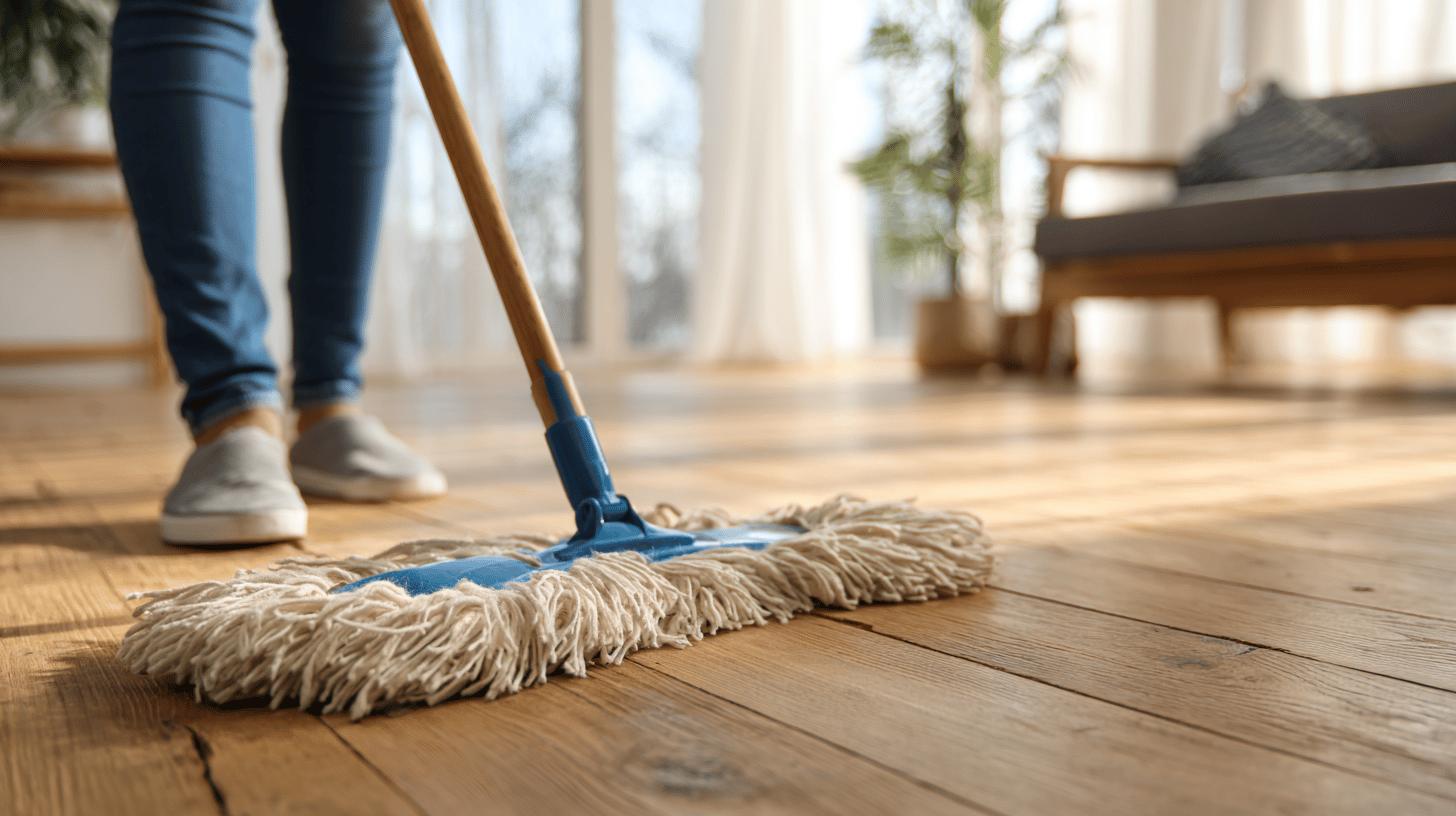
Regular maintenance is key to ensuring wood floors remain allergy-friendly and contribute to a healthier home environment. Consistent cleaning prevents the build-up of dust, pollen, and other allergens that can affect air quality and trigger allergic reactions. By establishing a routine, homeowners can significantly reduce allergens and maintain the aesthetic appeal and longevity of their wood flooring.
- Use a dry mop regularly to capture dust and allergens without spreading them.
- Avoid harsh chemicals that can leave residues and exacerbate allergies.
- Vacuum hypoallergenic carpeting frequently to minimise allergen accumulation.
- Seal gaps in floorboards to prevent dust collection and allergen ingress.
- Opt for water-based, low-VOC cleaning products to enhance indoor air quality.
- Regularly inspect and maintain floor finishes to ensure they remain intact and effective.
- Consider using area rugs that can be easily washed and do not trap allergens.
.
Engaging Professional Services
Consulting with professional flooring contractors can enhance wood floor maintenance and ensure allergy-friendly conditions. Professionals offer services such as gap filling, which prevents dust and allergens from settling into crevices, and floor sealing, which provides an additional protective barrier. These services not only maintain the floor’s appearance but also contribute to a healthier living environment by minimising allergens.
Selecting the appropriate cleaning products is crucial for maintaining hypoallergenic wood floors. Opt for non-toxic, hypoallergenic formulas that effectively clean without leaving harmful residues. By making informed choices and engaging professional services, homeowners can enjoy a cleaner, healthier home environment.
Hypoallergenic Flooring Materials Beyond Wood
For those seeking allergy-friendly flooring solutions beyond traditional wood, there are several hypoallergenic options to consider. These alternatives not only provide aesthetic variety but also enhance indoor air quality by resisting allergens and offering easy maintenance. Materials such as bamboo, cork, tile, Marmoleum, and even certain types of carpeting and cement can serve as effective options for creating a healthier home environment.
Bamboo and Cork Flooring
Bamboo and cork stand out as popular hypoallergenic flooring materials, each with unique benefits.
Bamboo flooring is known for its durability and eco-friendliness, provided it is emission-free. As a renewable resource, bamboo grows rapidly, making it an environmentally conscious choice. It offers a hard, smooth surface that is easy to clean, thus reducing dust and allergen build-up.
Cork flooring, on the other hand, is celebrated for its moisture resistance, which significantly reduces the risk of mould and mildew formation—common allergens that can worsen respiratory conditions. Cork’s cellular structure provides a comfortable underfoot feel while offering natural insulation and soundproofing, making it an appealing option for many homeowners.
Tile and Marmoleum Options
Tile flooring, particularly ceramic and porcelain, is inherently hypoallergenic due to its manufacturing process, which involves glazing. This glazing creates a non-porous surface that resists the accumulation of dust, pollen, and other allergens. Tiles are easy to clean and maintain, ensuring a dust-free environment conducive to allergy sufferers.
Marmoleum, or natural linoleum, is another excellent choice for an allergen-free home. Made from natural materials like wood flour, jute, and flax oil, Marmoleum is both sustainable and durable. Its composition allows it to resist the build-up of allergens, while its longevity ensures it remains a viable flooring option for decades.
Hypoallergenic Carpeting and Cement Flooring
Hypoallergenic carpeting can be an option for those who prefer the warmth and comfort of carpet underfoot. However, it is crucial to choose carpets made from natural fibres like jute, wool, or cotton, which are less likely to trap allergens. Regular vacuuming and professional cleaning are necessary to maintain a low-allergen environment.
Cement flooring, when sealed properly, can also be hypoallergenic. It provides a hard surface that does not harbour allergens, although it lacks the insulation properties found in other materials. Sealing cement floors prevents dust and allergen infiltration, making it a suitable option for allergy-conscious homeowners.
By carefully selecting materials that resist allergens and contribute to a healthier living space, homeowners can breathe easier and enjoy a more comfortable and allergy-friendly home environment.
Creating an Allergy-Proof Home with Wood Flooring
Replacing allergen-triggering materials with hypoallergenic options is crucial for improving health and creating a more comfortable living environment. Wood flooring stands out as a superior choice for allergy-proofing homes due to its smooth surface, which does not trap dust and allergens like carpets do. The natural resistance of wood to mould and mildew further enhances its suitability, providing a healthier alternative for allergy sufferers. Selecting wood flooring not only helps reduce allergens but also contributes to improved indoor air quality, making it an essential component of an allergy-proof home.
- Regular Cleaning: Maintain a consistent cleaning schedule using a dry mop to remove dust and allergens effectively.
- Hypoallergenic Treatments: Apply finishes like low-VOC oils to minimise chemical exposure and protect the flooring.
- Sealing Gaps: Fill gaps in floorboards to prevent dust accumulation and ensure a seamless surface.
- Moisture Control: Use dehumidifiers and ensure proper ventilation to reduce moisture and the risk of mould growth.
- Area Rugs: Opt for washable rugs that do not trap allergens and can be cleaned regularly.
.
Consulting experts in wood flooring and allergy-proofing can provide tailored solutions to further enhance the home’s environment. Professionals can guide homeowners on selecting suitable materials, finishes, and maintenance practices that align with individual needs and health concerns. Engaging with experts ensures that the chosen strategies are effective in reducing allergens and promoting a healthier living space.
Final Words
Anti-allergy wood floor treatments significantly enhance living spaces for those affected by allergies. By understanding the benefits of wood flooring, including its natural resistance to allergens and VOC emissions, one can see its obvious advantages.
Hypoallergenic finishes and meticulous maintenance contribute further to creating healthier indoor environments. Exploring alternatives like bamboo, cork, and tile offers more options for allergy-friendly homes.
Ryan’s Restoration offers a pathway to breathe easier at home. Armed with these insights, an informed decision ensures a comfortable and allergy-resistant interior.
Choose an allergy-safe refinish → Wood Floor Sealing
FAQ
What flooring is best for breathing problems?
Wood flooring is often regarded as ideal for breathing problems due to its ability to reduce allergens and improve air quality significantly.
How long do wood floors take to off-gas?
Wood floors typically off-gas for a short period post-installation. Opting for low-VOC finishes can minimise emissions and decrease off-gassing duration, typically resolving within days.
What is the best flooring for asthma sufferers?
For asthma sufferers, wood flooring is favourable as it does not emit VOCs and is resistant to mould, thereby helping to maintain a healthier living environment.
Can I be allergic to my hardwood floors?
Allergies related to hardwood floors are uncommon. However, ensuring the use of hypoallergenic finishes and addressing any potential allergens through proper maintenance can further minimise risks.
